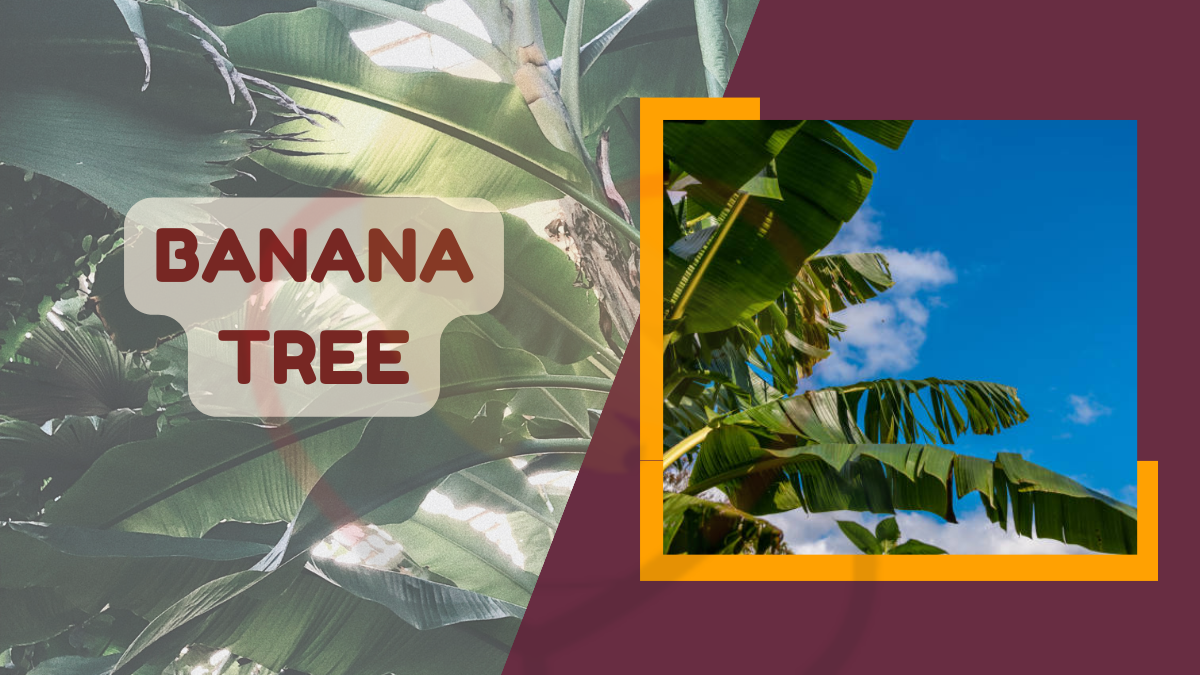Banana trees, scientifically known as Musa, are one of the most popular and widely cultivated fruit-bearing plants in the world. [1]
They belong to the Musaceae family and are native to tropical regions of Southeast Asia.
The banana tree is not technically a tree but a large herbaceous plant with a pseudostem made up of tightly packed leaf sheaths.
Banana trees are renowned for their delicious and nutritious fruit, which is consumed by millions of people globally.
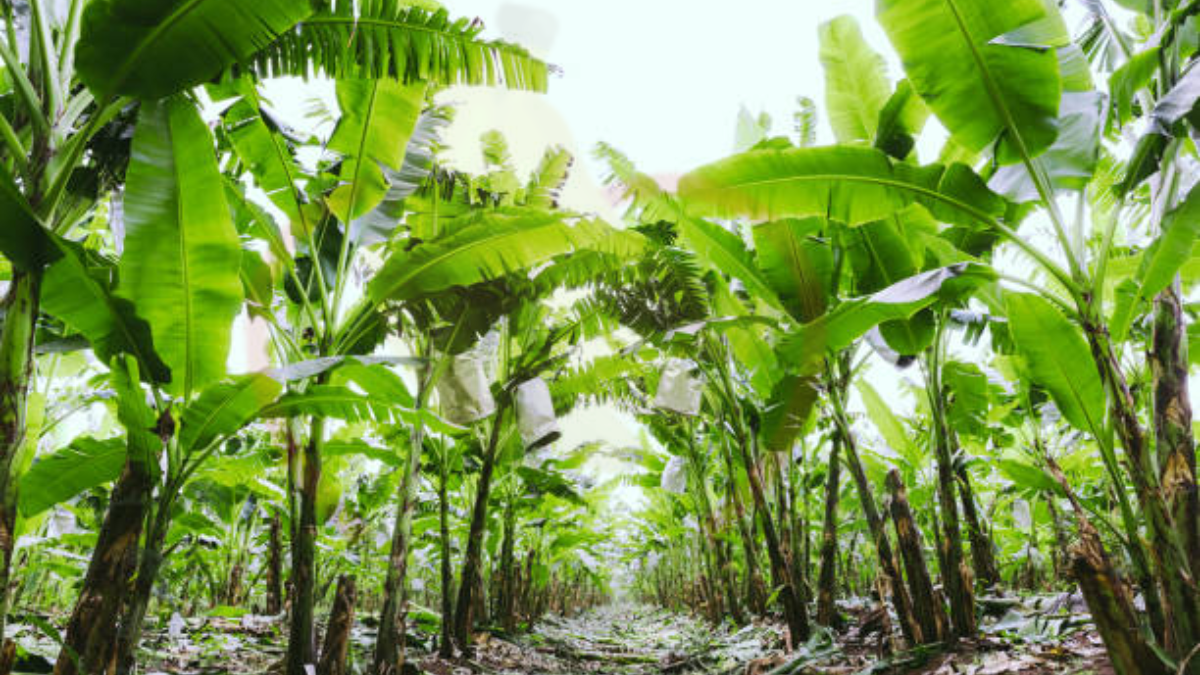
Beyond the fruit, banana trees have several other practical uses.
The leaves are commonly used as eco-friendly plates and for wrapping food items, while the fibers from the pseudostems are utilized for making ropes and textiles.
In this article, we will explore the fascinating world of banana trees, including their history, cultivation, and cultural significance.
Origin of the Banana Tree
The origin of banana trees can be traced back to the tropical regions of Southeast Asia, particularly in countries like India, Malaysia, and the Philippines.
Historical records suggest that bananas were one of the first fruits to be cultivated by humans.
Over time, they spread to other parts of the world through trade and exploration.
Varieties of Banana Trees
There are numerous varieties of bananas, each with its own unique flavor, size, and color.
Some popular varieties include Cavendish, Plantains, Lady Finger, and Red Banana.
Each variety has its distinct culinary uses, making bananas a versatile ingredient in various cuisines.
Cultivation and Growing Conditions
Growing banana trees requires specific conditions for optimal growth and fruit production.
This section will discuss the following aspects of banana tree cultivation.
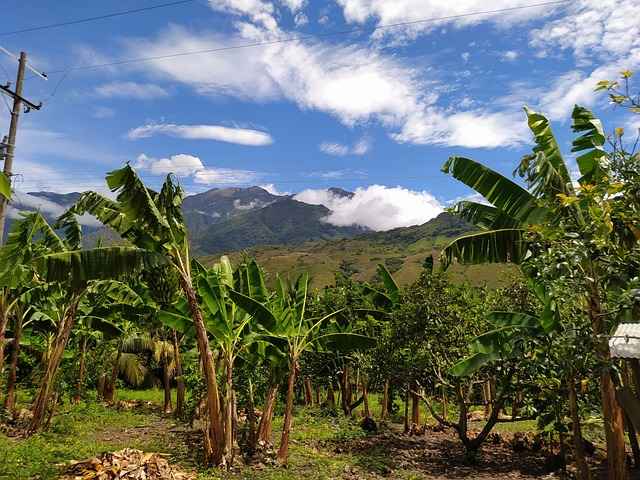
1: Soil Requirements
Banana trees prefer well-draining, loamy soil with a pH range of 5.5 to 7. They thrive in fertile soil rich in organic matter.
2: Sunlight and Temperature
Banana trees require ample sunlight and thrive in warm tropical climates. They are sensitive to frost and cold temperatures.
3: Watering and Drainage
Regular and consistent watering is essential for banana trees, as they have high water requirements.
Adequate drainage is also crucial to prevent waterlogged roots.
4: Propagation Methods
Banana trees can be propagated through suckers or pups that grow from the main plant. Tissue culture is another method used for large-scale propagation.
Caring for Banana Trees
Proper care is essential to ensure healthy banana trees and a bountiful harvest. This section will cover various aspects of caring for banana trees, including.
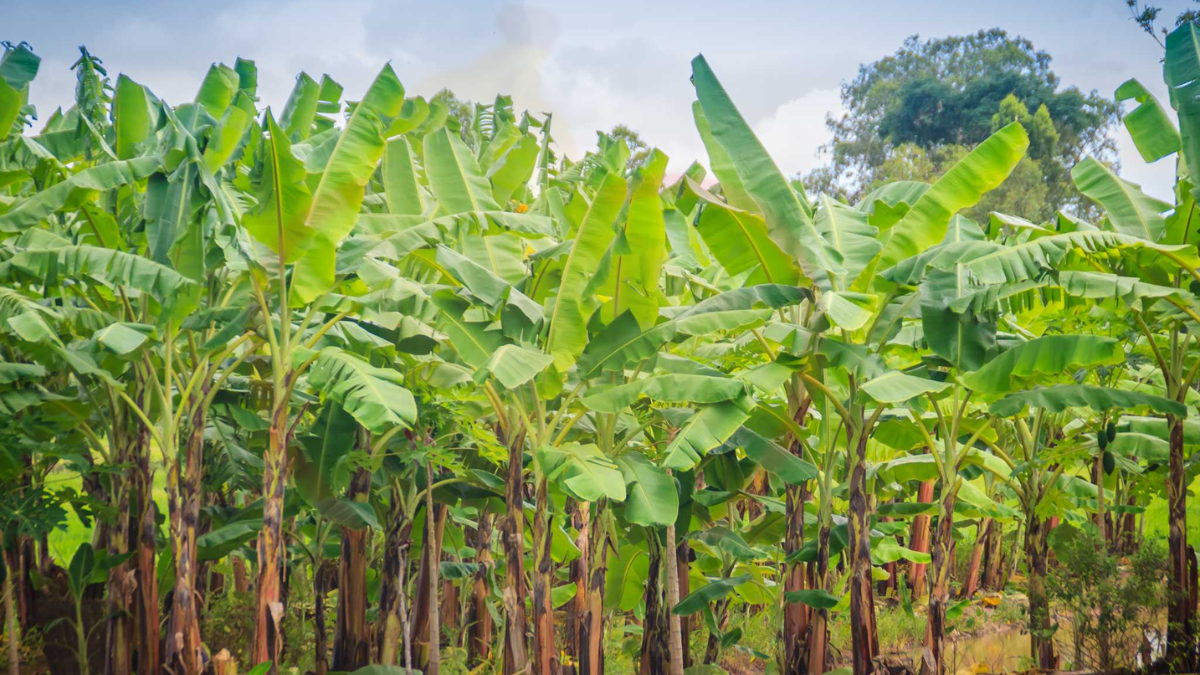
1: Pruning and Trimming
Regular pruning helps remove dead or damaged leaves, promoting better air circulation and sunlight penetration.
2: Fertilization
Banana trees require regular fertilization with balanced nutrients to support their vigorous growth and fruit production.
3: Pest and Disease Control
Common pests and diseases that affect banana trees include banana aphids, mites, Panama disease, and bacterial wilt. Implementing proper pest control measures is crucial to prevent damage.
Harvesting and Ripening Bananas
Harvesting bananas at the right time is essential to ensure optimal flavor and texture. This section will discuss the following
1: Harvesting Techniques
Bananas are harvested when they reach maturity but are still green. Proper harvesting techniques help prevent damage to the fruit.
2: Ripening Process
Bananas continue to ripen after being harvested. Various methods can be used to accelerate or slow down the ripening process.
Types of Banana Tree
There are approximately 70 species and numerous varieties of banana trees. Let’s take a look at a few examples.
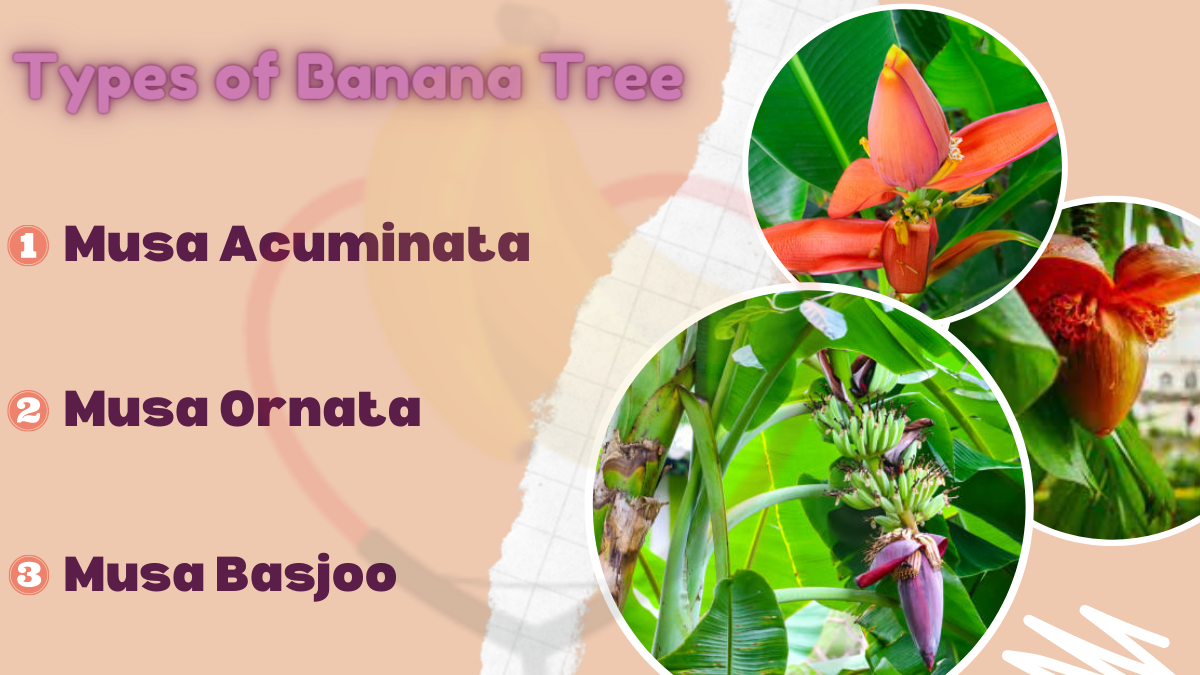
1: Musa Acuminata
This particular species can grow to a height of 12 to 20 feet.
It is often cultivated for its attractive foliage, characterized by paddle-shaped leaves that can measure around 6 to 10 inches in length.
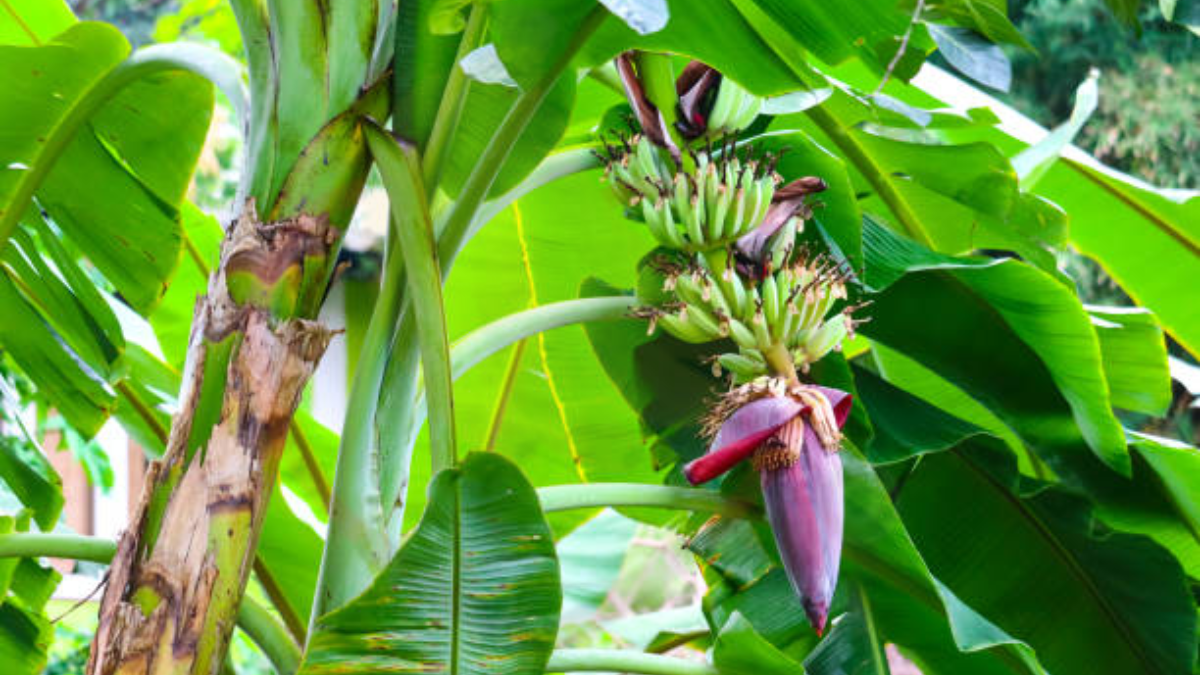
2: Musa Ornata
Commonly known as the flowering banana tree, this species is mainly grown for its ornamental appeal.
While it produces small fruit, it is not typically consumed for eating.
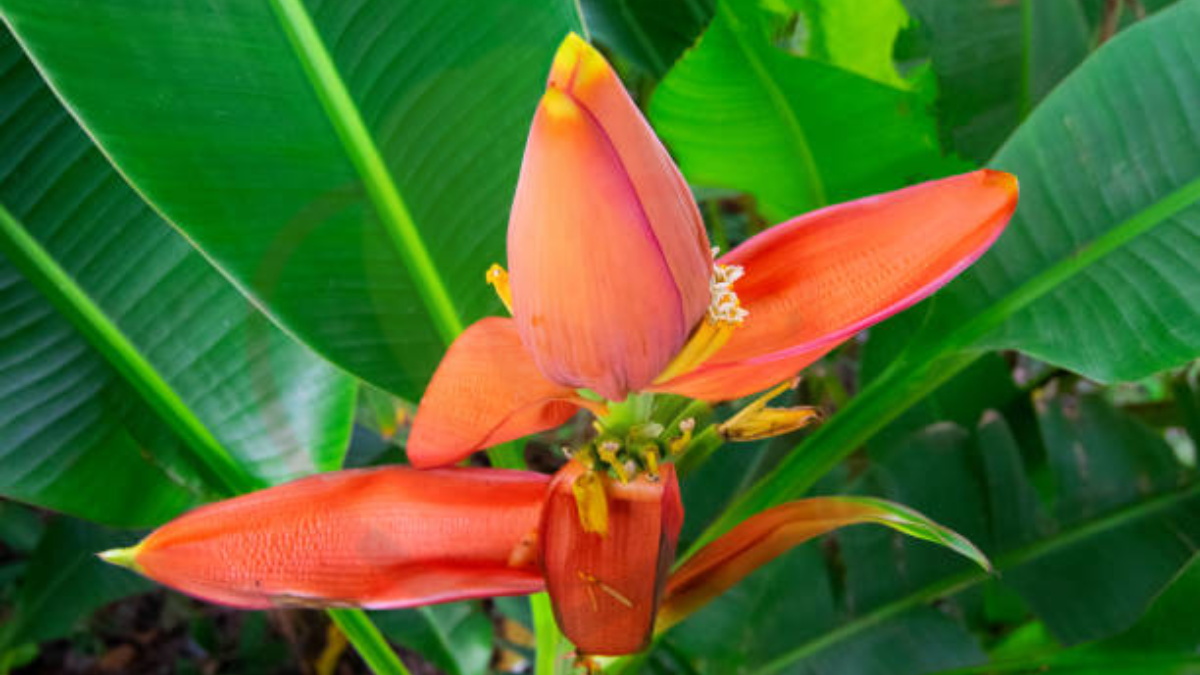
3: Musa Basjoo
Referred to as the Japanese banana, this species exhibits a reasonable tolerance to cold temperatures. It can reach a height of about 6 to 14 feet.
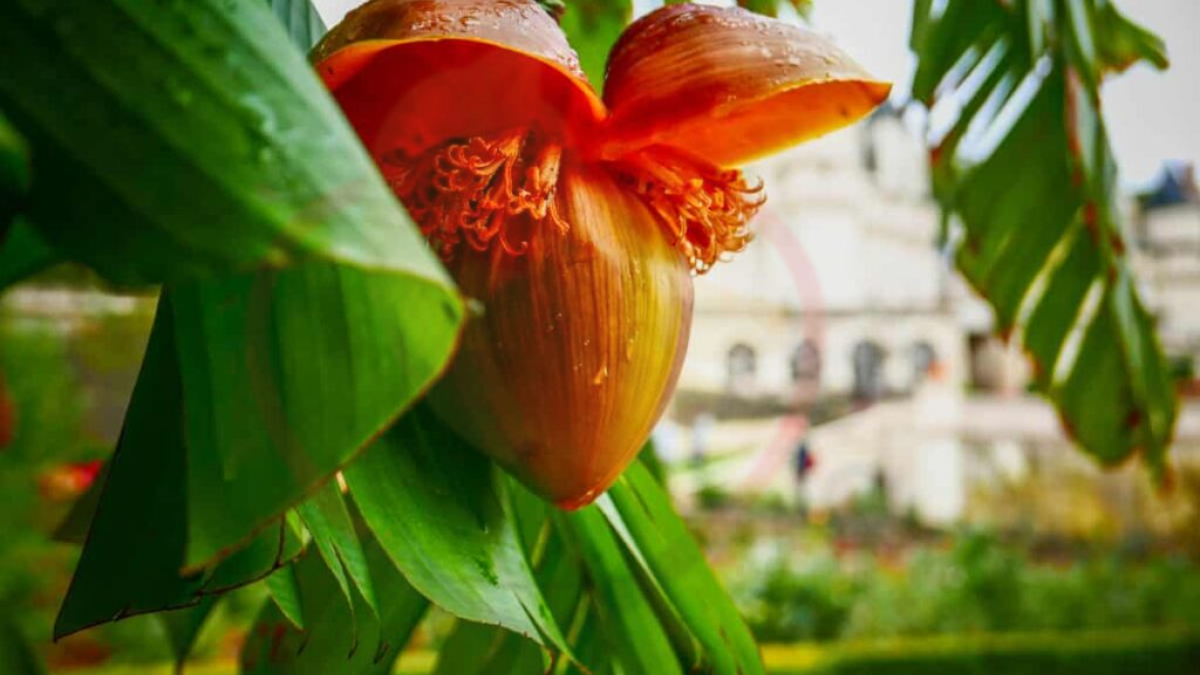
Features of Banana Tree
Let me tell you about the amazing features of banana trees that I’ve observed while farming and taking care of my banana farm.
1: Grows like crazy
I’m always amazed at how fast banana trees grow. It’s so rewarding to see them shoot up and bear fruit relatively quickly.
2: Big, beautiful leaves
The leaves of the banana tree are huge and provide excellent shade to the precious fruit bunches. They keep my bananas safe from scorching sunlight.
3: Solid as a rock
The banana tree’s stem is tough and fibrous, giving my plants the much-needed support, even when they carry those heavy bunches of bananas.
4: Bumper crop potential
The yield from just one banana tree is fantastic.
I get multiple fruit bunches from a single plant, which means more bananas to sell and enjoy.
5: Easy to handle
I find banana trees relatively low maintenance.
Sure, they need regular watering, fertilizing, and pest control, but they’re not overly demanding.
6: Loves the heat
These trees are true tropical champs. They thrive in hot and humid weather, perfect for our climate.
7: Healthy and strong
When I take good care of my banana trees, they reward me with good resistance to pests and diseases. Keeping them healthy is vital.
How to save Banana tree from Pests and diseases?
Banana tree owners should watch out for common pests like aphids, black weevils, nematodes, mealybugs, and red spider mites.
These pests can cause damage to the foliage and fruit.
To protect the majestic banana tree from pests and diseases, choose a sunny location, maintain garden hygiene, and inspect regularly.
Embrace natural predators, avoid harmful pesticides, and opt for disease-resistant varieties.
Bananas hold cultural and symbolic significance in various societies and religions. This section will explore their importance in rituals and traditions.
Banana trees are not only a significant source of nutrition but also deeply ingrained in various aspects of human life.
From their historical origins to their modern-day uses, bananas continue to captivate people worldwide.
Whether consumed fresh, cooked, or processed into various products, bananas are likely to remain a beloved fruit and an essential part of global agriculture.
FAQs
Can banana trees grow in colder climates?
Banana trees thrive in warm tropical climates and are sensitive to cold temperatures and frost. In colder regions, they can be grown indoors or in greenhouses.
How long does it take for a banana tree to bear fruit?
The time it takes for a banana tree to bear fruit varies depending on the variety and growing conditions. On average, it can take 9 to 12 months from planting to fruiting.
How do I protect my banana tree from pests and diseases?
Regularly inspect your banana tree for signs of pests or diseases. Implement integrated pest management practices, such as using natural predators and organic insecticides, to control pests. Additionally, ensure good drainage and avoid overwatering to prevent soil-borne diseases.
Can I grow a banana tree in a pot or container?
Yes, you can grow certain dwarf varieties of banana trees in pots or containers. Choose a large container with good drainage, and provide adequate sunlight and nutrients for healthy growth.
What are the nutritional benefits of bananas?
Bananas are a rich source of potassium, vitamin C, vitamin B6, and dietary fiber. They are low in fat and cholesterol-free, making them a healthy addition to your diet
Are bananas beneficial for athletes and active individuals?
Yes, bananas are an excellent source of natural sugars and carbohydrates, making them a quick and energizing snack for athletes and those with an active lifestyle.
Can bananas be used for skincare?
Yes, bananas can be used topically to moisturize and nourish the skin. They are often included in homemade face masks and hair treatments.

